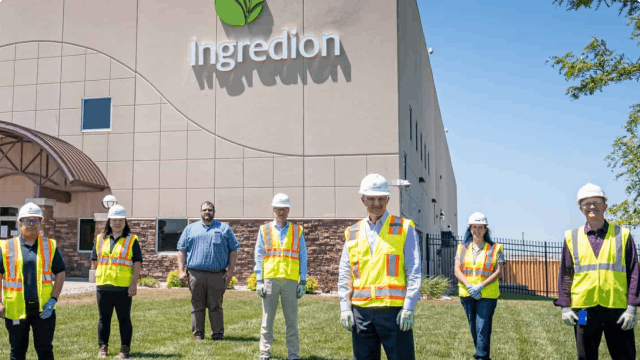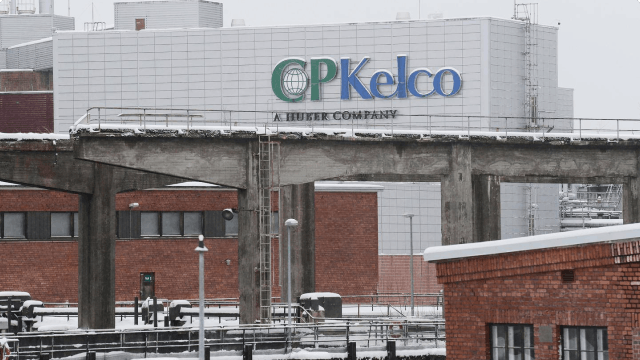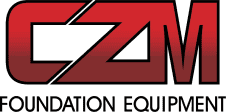
Challenge
Georgia Aquarium runs one of the most complex life support systems in the world. It’s home to thousands of animals across hundreds of species, swimming in over 11 million gallons of water. As the largest aquarium in the U.S., it welcomes 3 million visitors annually and plays a critical role in marine conservation.
But here’s the reality: it takes more than water to keep fish alive. Every habitat depends on a precise balance of pumps, filters, oxygenation, and temperature-working flawlessly, 24/7.
To maintain that balance, the aquarium operates 506 pumps moving 300,000 gallons per minute-the equivalent of Niagara Falls, engineered for delicate marine ecosystems. Powered by 5,500+ horsepower, every pump must perform continuously to sustain life.

Behind the scenes, lots of automation and redundancies are constantly running to safeguard operations, and the Life Support Systems (LSS) team inspects, adjusts, and interacts with every system every day. While these processes are critical, they add complexity to detecting potential failures, and when issues arise, the team often has to spend significant time investigating to pinpoint the root cause.
A single failure could jeopardize animal health and public trust, and while the LSS team utilizes world-class automation to oversee and operate their systems, they still conduct manual inspections multiple times a day to spot issues. This approach is labor-intensive and reactive, and they needed another tool in their belt for proactive maintenance.
As a nonprofit, the Aquarium needed a solution that was cost-effective, easy to deploy, and aligned with their mission-without disrupting daily operations.
Solution
Georgia Aquarium gained real-time visibility into every pump and filtration system-without adding complexity.
To keep their filtration systems running at peak performance, the Aquarium partnered with Tractian to implement a condition monitoring solution across their critical life support infrastructure. With wireless vibration sensors and AI-powered analytics, the LSS team now monitors new aspects of equipment health continuously and remotely.
In addition to their existing monitoring equipment, engineers now receive automated alerts for anomalies in vibration, temperature, and other key metrics. This empowers them to act before problems escalate, reducing reactive maintenance and manual checks.
The system continuously monitors equipment performance, ensuring nothing is left to chance in the delicate balance of aquatic life.

Impact
Within the first month of deploying Tractian condition monitoring, Georgia Aquarium has achieved:
- Proactive failure detection across pumps that support sharks, dolphins, and other aquatic life
- Increased operational reliability with increased 24/7 real-time monitoring
- Reduced manual inspection workload for the Life Support Systems team
- Enhanced animal welfare through quicker response to LSS issues
With predictive insights at their fingertips, the team has gained peace of mind knowing their equipment is now monitored continuously in new ways, benefitting both the animals and the visitors who come to see them.
What's Next
At Georgia Aquarium, maintenance isn’t just about machines-it’s about safeguarding an ecosystem. With Tractian machine monitoring, the team now operates with smarter maintenance and healthier systems.
When you run a 24/7 aquatic marvel moving over 300,000 gallons per minute, there’s no room for unexpected downtime.
But this is only the beginning. With real-time insights in place, Georgia Aquarium is poised to explore deeper data-driven maintenance strategies, uncover hidden optimization opportunities, and share their journey as a model for sustainability, animal care, and operational excellence in aquariums worldwide.














